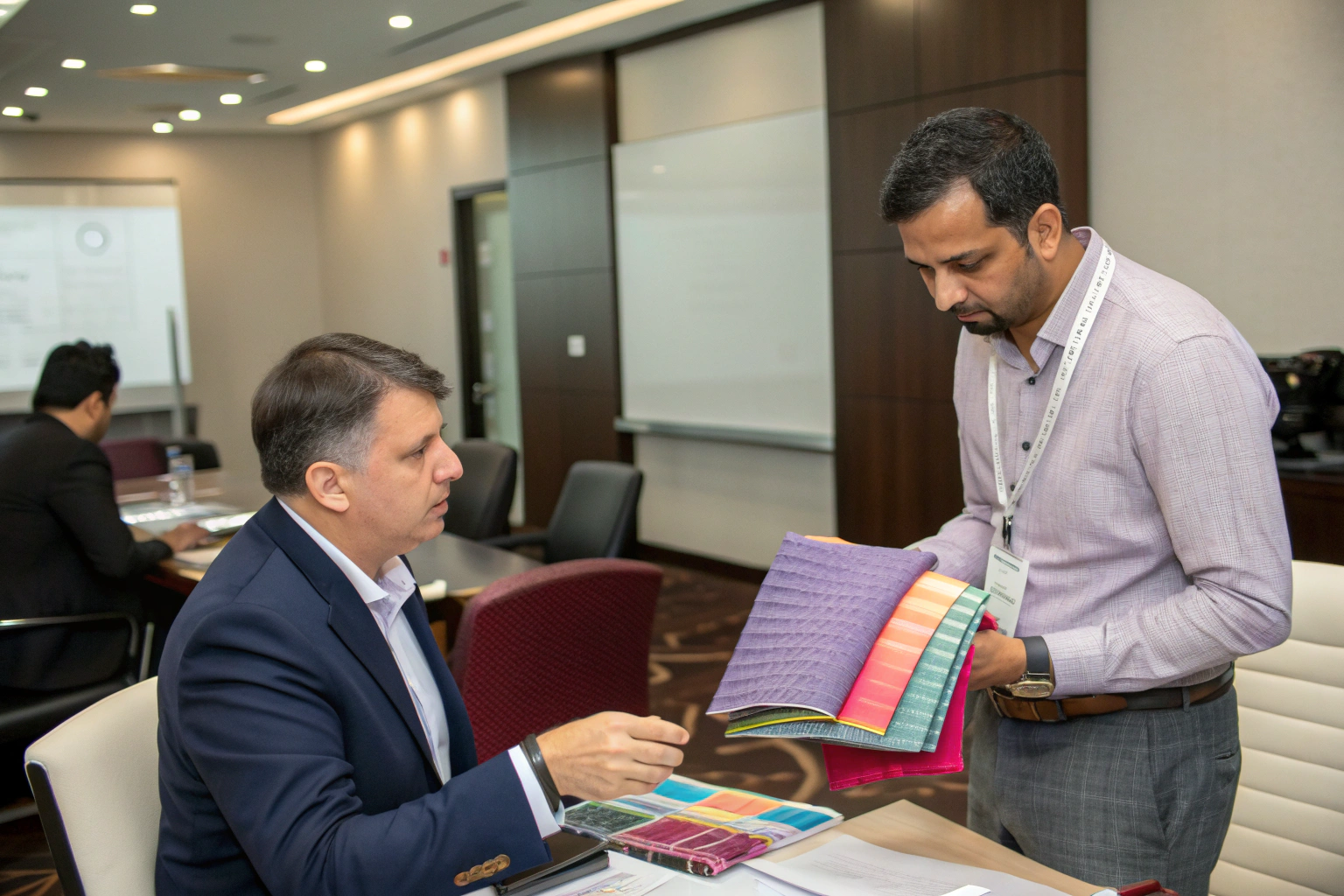The minimums for liquid crystal thermochromic fabrics usually depend on production complexity, supplier capacity, and the intended application. While standard MOQs often start at 500–1000 meters per design, many manufacturers offer flexible solutions for prototyping and small-batch orders.
That means you can still access cutting-edge thermochromic technology without committing to massive runs—if you know where to look and what to ask. Let’s break this down step by step.
MOQ Requirements in Thermochromic Fabrics
Liquid crystal thermochromic fabrics are not everyday textiles. Their MOQ requirements are shaped by dyeing technology, coating processes, and the sensitivity of the liquid crystal microcapsules.
Typical MOQ ranges are 500–1000 meters per colorway, depending on whether the effect is embedded in yarn spinning, printing, or coating.
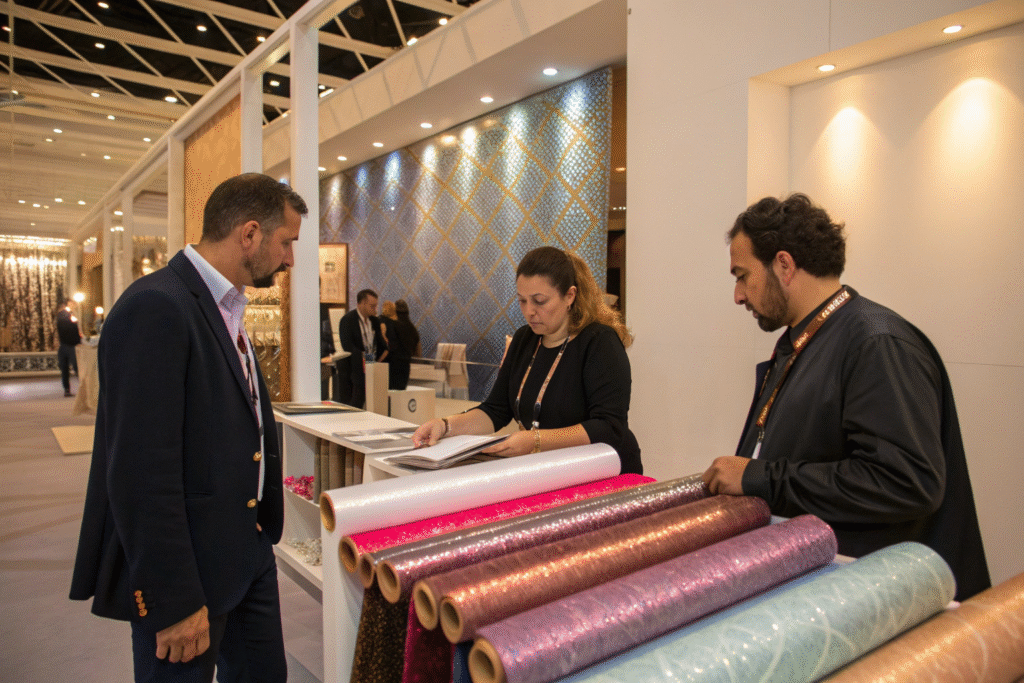
Why Do Suppliers Set Higher MOQs?
Suppliers often need to justify the cost of specialized thermochromic pigments and liquid crystal encapsulation. These raw materials are expensive and require careful processing. That means small runs drive up per-meter costs, which discourages suppliers from offering very low minimums.
Can Smaller Brands Access Lower MOQs?
Yes. Some manufacturers now provide sample yardage between 30–50 meters for development purposes. This allows smaller buyers to test product feasibility before scaling up. However, prices per meter will be higher than bulk rates.
How MOQ Varies by Application
The MOQ for liquid crystal thermochromic fabrics is not fixed; it changes with the intended application and finishing method.
Sportswear brands, luxury fashion labels, and functional clothing suppliers all face different MOQ realities because of how fabrics must perform.
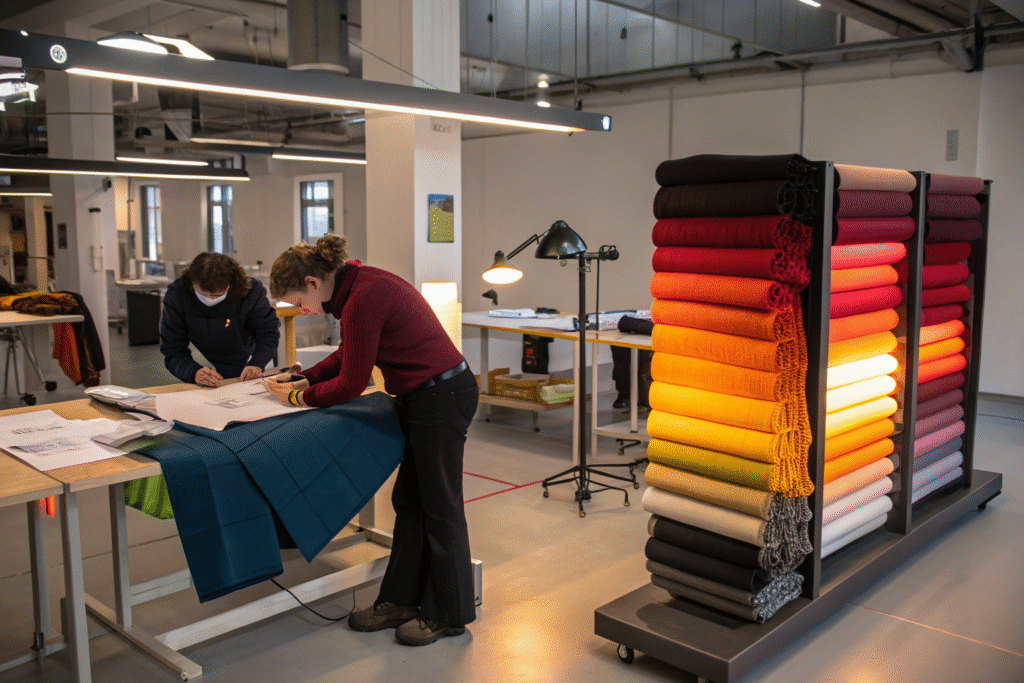
What About Sportswear and Activewear?
In sportswear, fabrics need added durability, so suppliers may demand 1,000+ meters per order. Coatings that can withstand sweat and abrasion are harder to produce in small runs. See how Textile World covers innovations in active textiles.
What If I Need It for Luxury Fashion?
Luxury labels with short-run capsule collections may negotiate down to 300–500 meters, especially when working with specialty textile labs that cater to high-fashion designers. These labs are used to handling creative experimentation at smaller scales.
Customization and MOQ Flexibility
Customization plays a huge role in MOQ requirements. Buyers who request specific color-change temperatures, patterns, or coatings will often face higher minimums.
However, suppliers in China and Southeast Asia now increasingly offer flexible MOQ programs to attract small to mid-sized international buyers.
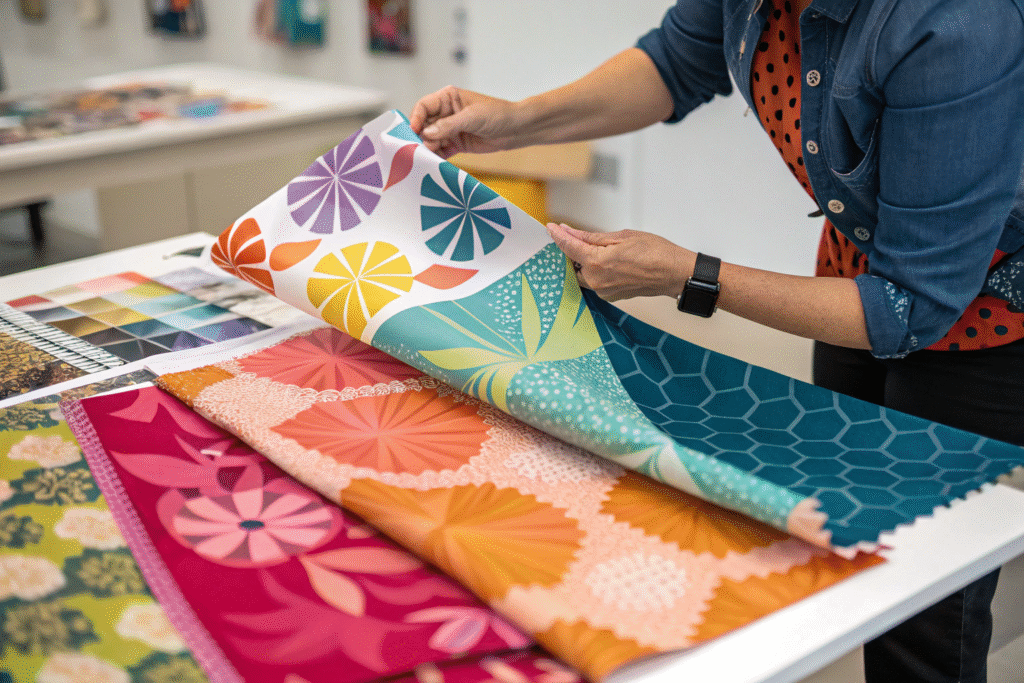
Do Custom Designs Require Higher Minimums?
Yes. When you request custom liquid crystal thermochromic printing, MOQs can rise to 1,000–2,000 meters. That is because the setup cost for specialized screen or rotary printing cannot be spread across small batches. Learn more from Coats about how innovation affects textile cost structures.
Can Digital Printing Reduce MOQ?
In some cases, yes. Digital coating techniques for thermochromic effects are emerging. These allow MOQs as low as 200–300 meters, but pricing remains premium. A detailed guide on small-batch innovations can be found on Innovation in Textiles.
Pricing and Lead Times at Minimums
MOQ is not only about numbers; it is also about how pricing and delivery schedules align with production.
Lower MOQs usually mean higher unit costs and slightly longer lead times, since suppliers batch small runs between larger orders.
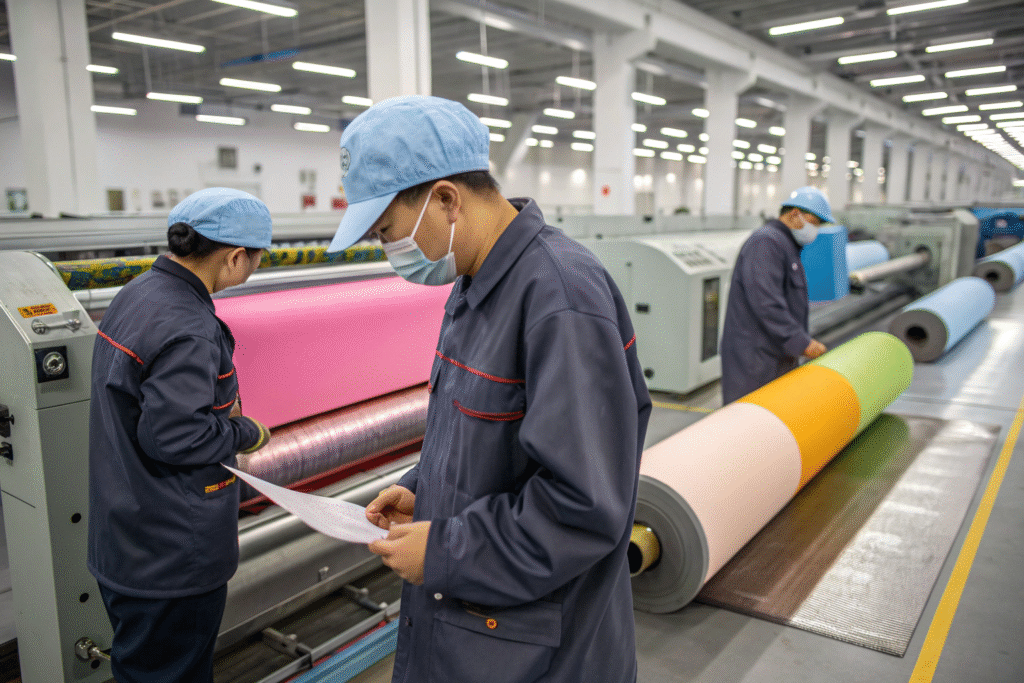
What Happens to Pricing Below MOQ?
If you insist on ordering below standard MOQ, suppliers often apply surcharges of 20–40%. They also may request upfront payment to cover unique pigment and coating costs. Industry pricing comparisons are often available on Alibaba.
How Do Lead Times Change with MOQ?
For bulk runs, lead times are usually 4–6 weeks. But small runs can stretch to 8–10 weeks since they require scheduling flexibility in busy factories. More about textile lead times can be explored through Fibre2Fashion.
Conclusion
The minimums for liquid crystal thermochromic fabrics vary widely—from 30–50 meters for prototypes to 1,000+ meters for bulk production. Small brands can access development yardage, but should expect higher costs and longer lead times. Sportswear and luxury fashion buyers face different MOQ realities, and customization always raises minimums.
If you want to explore liquid crystal thermochromic fabrics for your brand, we at Shanghai Fumao can provide tailored solutions. Our Business Director Elaine is available to discuss small-batch orders, sampling, and bulk supply programs. You can reach her at elaine@fumaoclothing.com.

